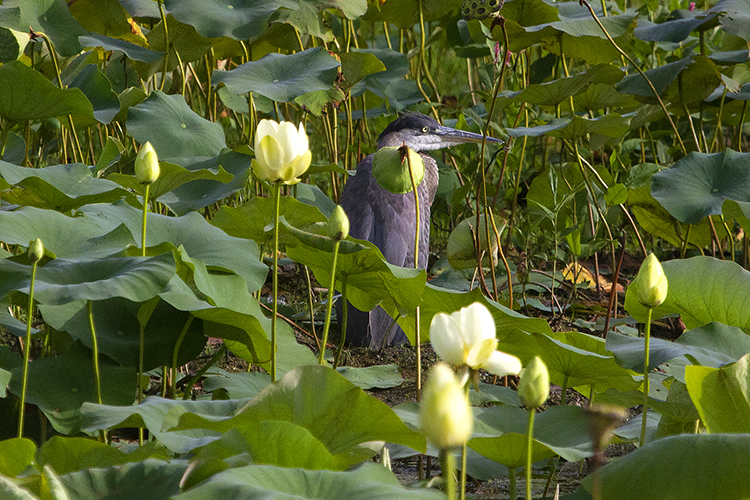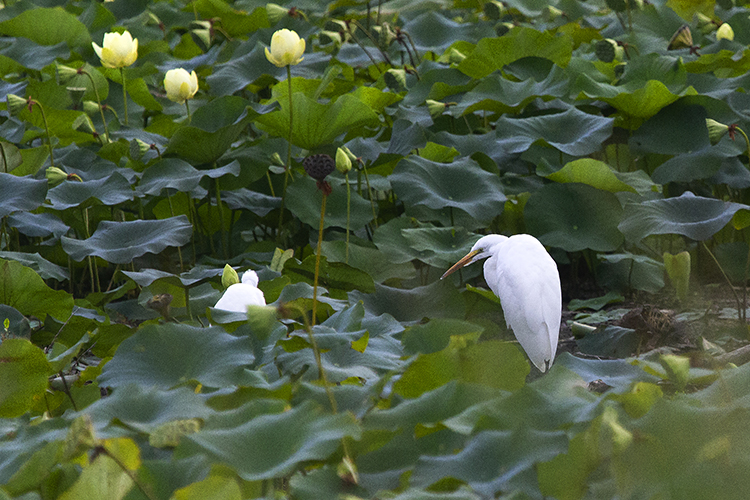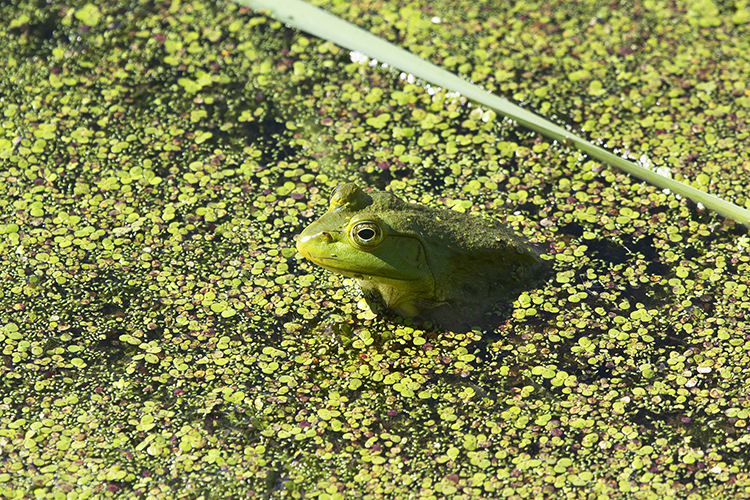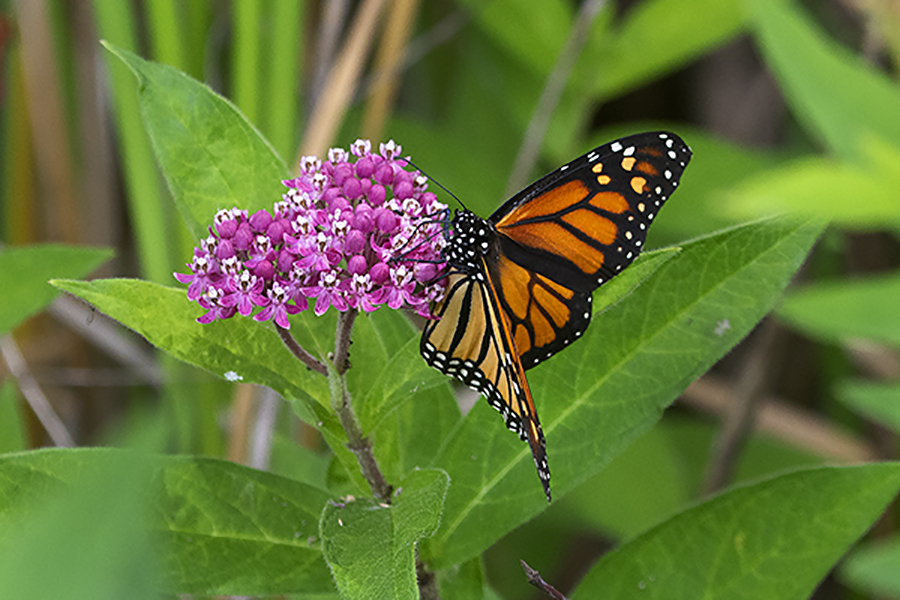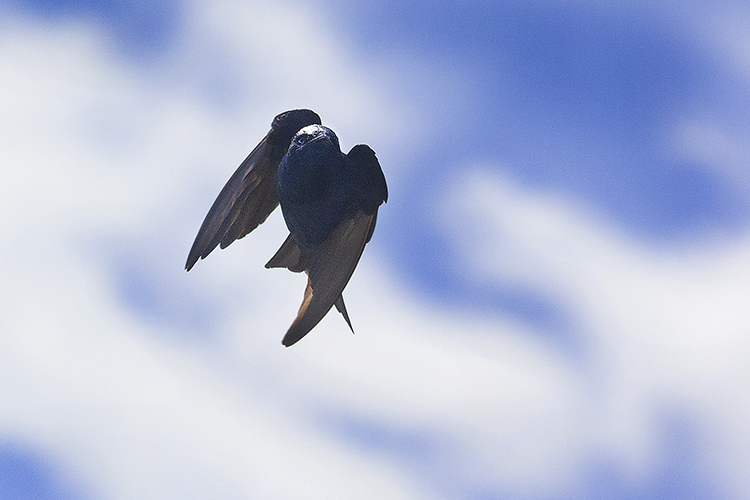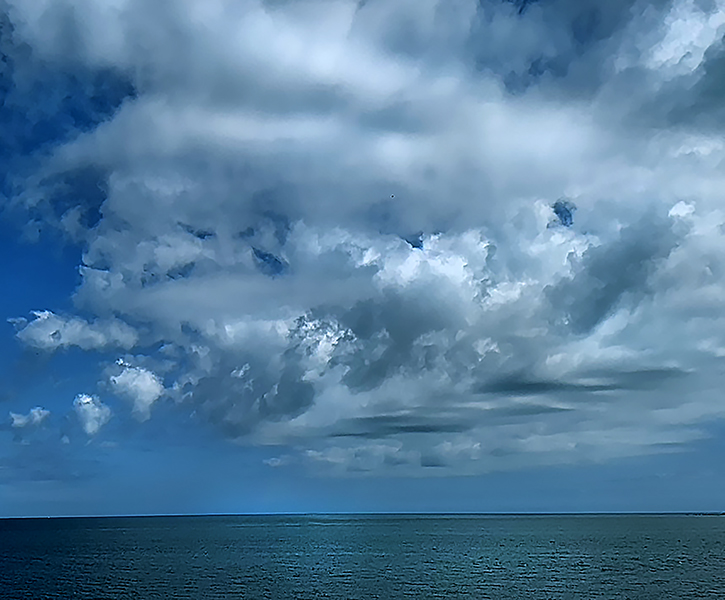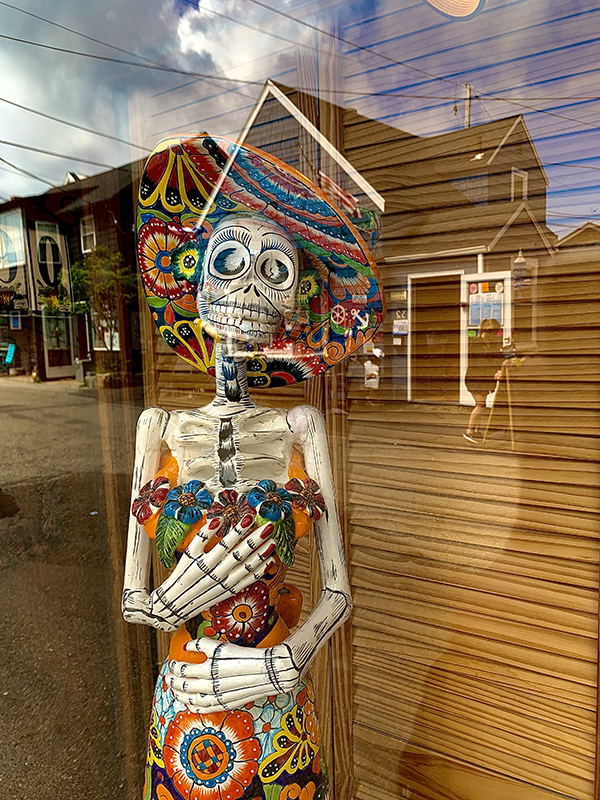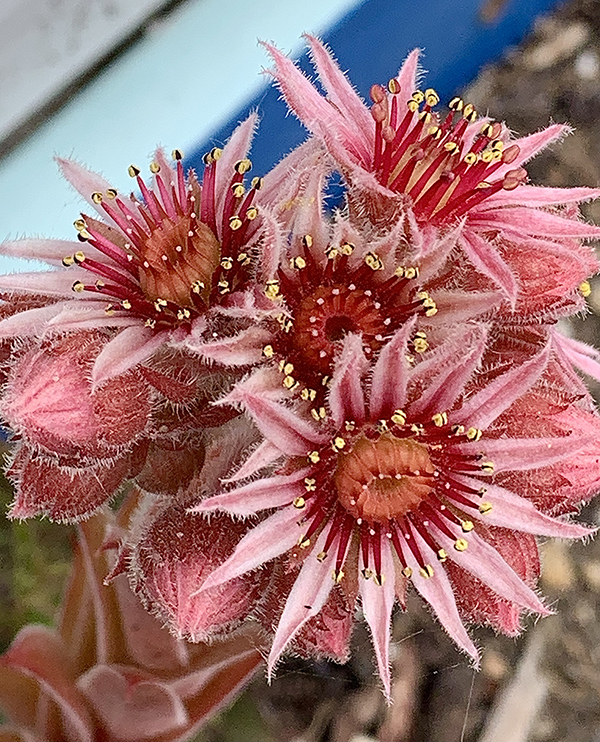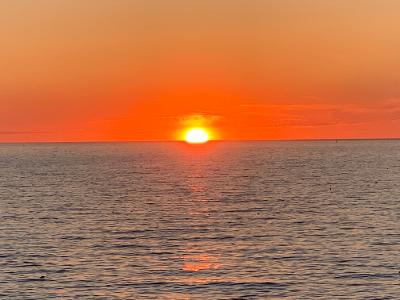A few months back, TC and I were celebrating our anniversary at a seaside restaurant. I saw a bird on the dock that I had never seen before. It was a Night Heron (Nycticorax nycticorax). Since then, I have been looking for others and I was rewarded with this shot last week at the Great meadows National Wildlife Refuge of this fellow in Figure 1 among the lotuses – ever watchful and and motionless. Once you see something, you never forget it and see it again. And I cannot over express the sublime subtle beauty of these wild places.
Canon T2i with 100-400 mm f/4.5 to 5.6 L USM IS lens at 330 mm, Aperture Priority AE Mode, ISO 1600, 1/3200 sec at f/7.1 with no exposure compensation

